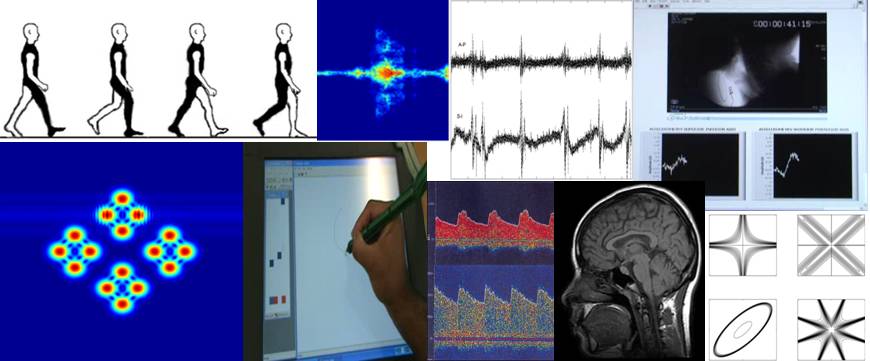A cerebral blood flow evaluation during cognitive tasks following a cervical spinal cord injury: a case study using transcranial Doppler recordings
September 26, 2015
A spinal cord injury (SCI) is one of the most common neurological disorders. In this paper, we examined the consequences of upper SCI in a male participant on the cerebral blood flow velocity. In particular, transcranial Doppler was used to study these effects through middle cerebral arteries (MCA) during resting-state periods and during cognitive challenges (non-verbal word-generation tasks and geometric-rotation tasks). Signal characteristics were analyzed from raw signals and envelope signals (maximum velocity) in the time domain, the frequency domain and the time–frequency domain. The frequency features highlighted an increase of the peak frequency in L-MCA and R-MCA raw signals, which revealed stronger cerebral blood flow during geometric/verbal processes respectively. This underlined a slight dominance of the right hemisphere during word-generation periods and a slight dominance of the left hemisphere during geometric processes. This finding was confirmed by cross-correlation in the time domain and by the entropy rate in information-theoretic domain. A comparison of our results to other neurological disorders (Alzheimer’s disease, Parkinson’s disease, autism, epilepsy, traumatic brain injury) showed that the SCI had similar effects such as general decreased cerebral blood flow and similar regular hemispheric dominance in a few cases.
This material is presented to ensure timely dissemination of scholarly and technical work. Copyright and all rights therein are retained by authors or by other copyright holders. All persons copying this information are expected to adhere to the terms and constraints invoked by each author’s copyright. In most cases, these works may not be reposted without the explicit permission of the copyright holder.



